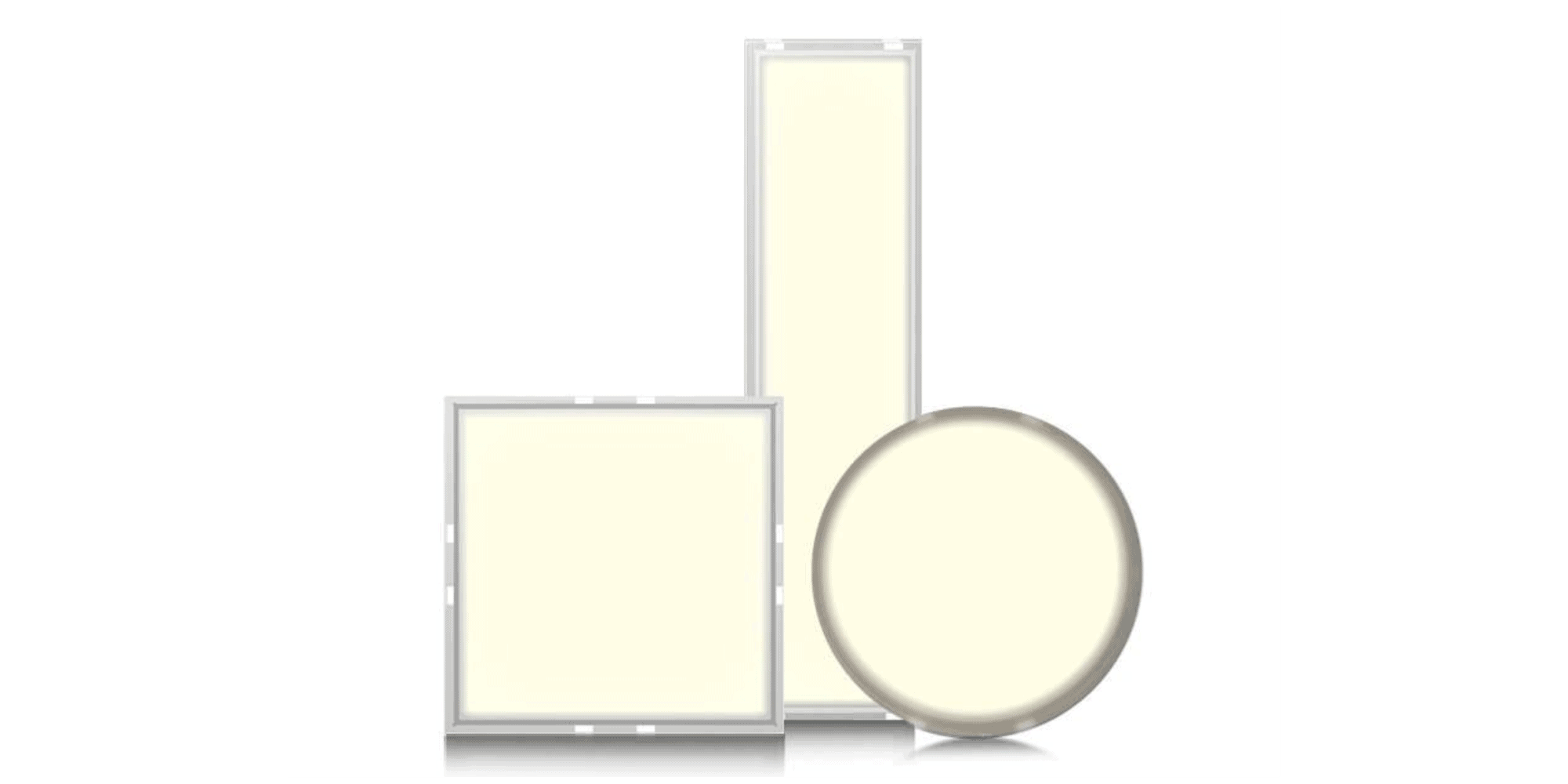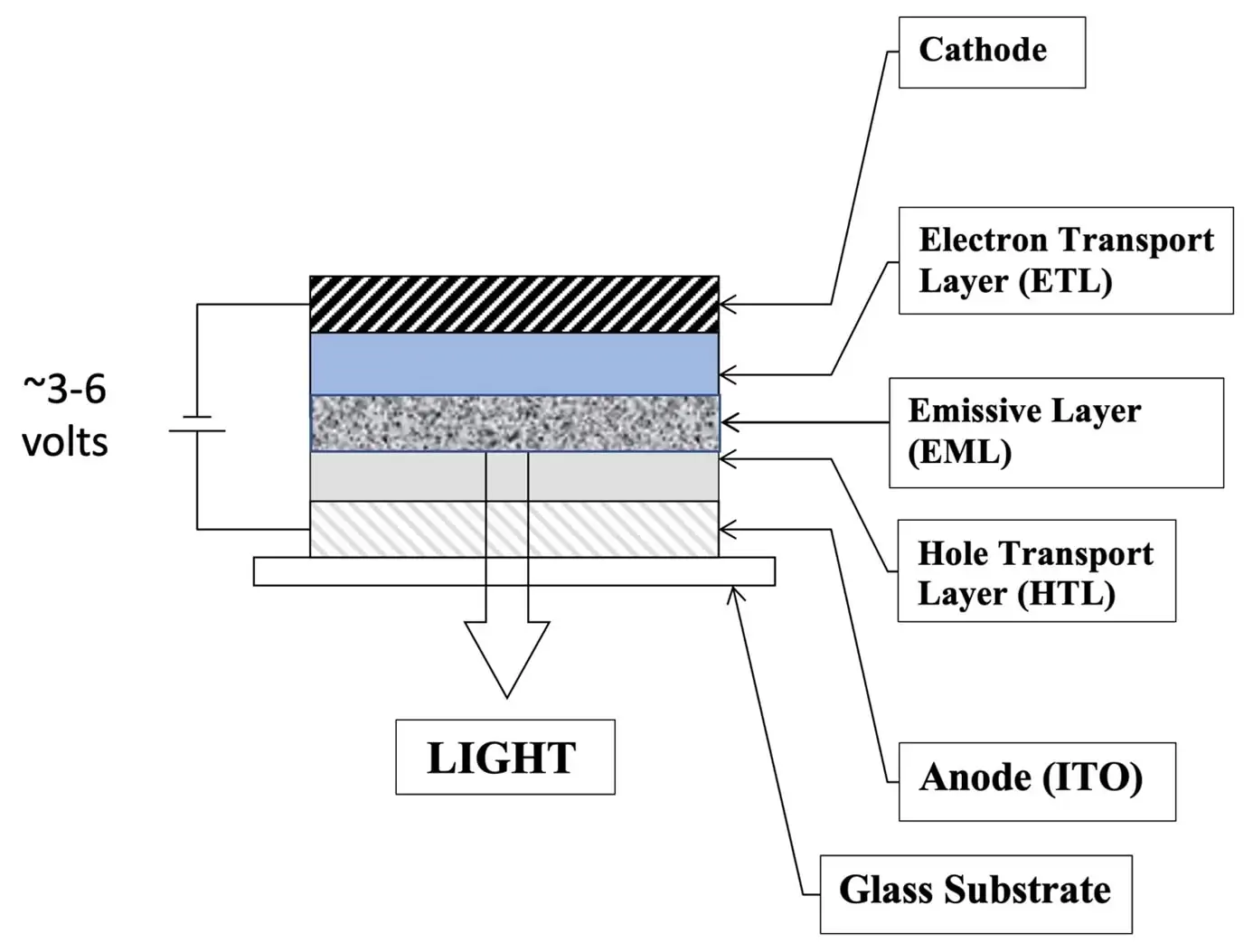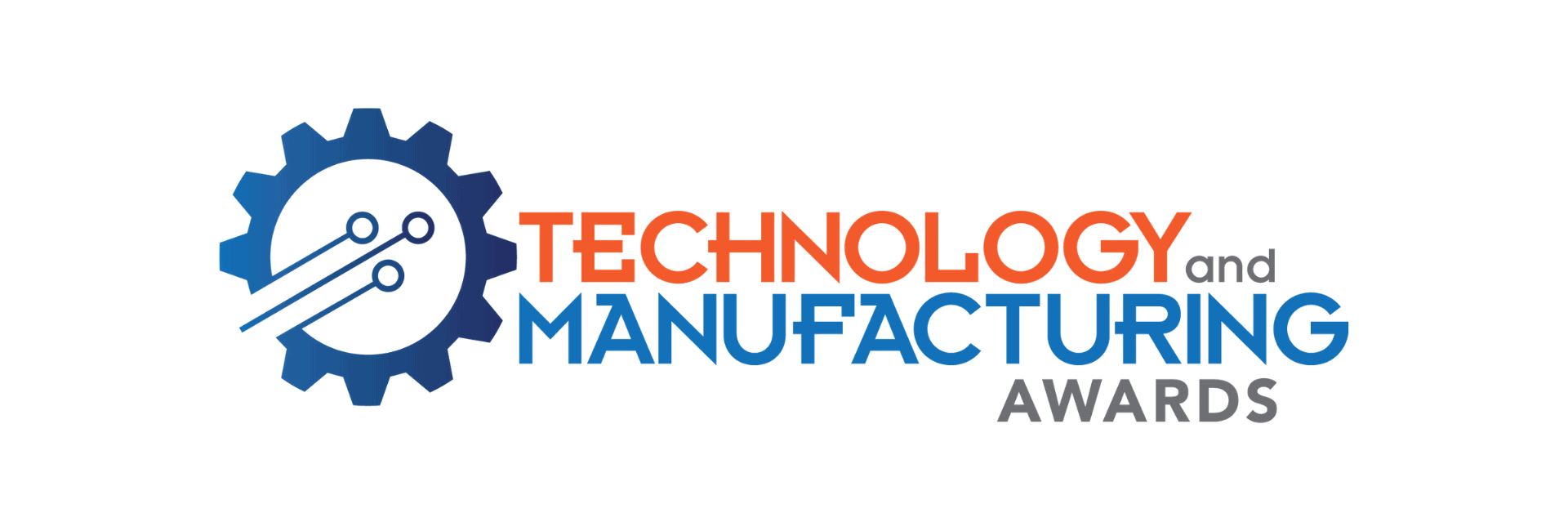
Michael Boroson and John Hamer, Co-founders of OLEDWorks, Selected as 2021 Entrepreneurs of the Year by the Rochester Section of the American Chemical Society
Originally Published by The Rochester Section of the American Chemical Society
—–
Dr. Michael Boroson and Dr. John Hamer, co-founders of OLEDWorks, have been selected as the 2021 Entrepreneurs of the Year by the Rochester Section of the American Chemical Society. The award is in recognition of their development of innovative new chemistry and manufacturing technology for OLED-based lighting and its successful commercialization. They will be recognized at the Section’s Annual Dinner to be held on Nov. 10, 2021. This award, recognizing their impressive technical and business achievements, highlights the continuing central role of chemistry in the economic development of the Rochester area.
Dr. Boroson and Dr. Hamer founded OLEDWorks in 2010 to develop unique lighting panels based on Organic Light Emitting Diode (OLED) technology, originally developed in the 1980s at the Kodak Research Laboratories as a display technology. Having been part of the OLED program at Kodak, when Kodak sold their OLED business in 2009, they saw an opportunity to apply their expertise, and that of some other former Kodak researchers, in the lighting market, taking advantage of the unique properties of OLEDs to provide low power, thin and flexible lighting panels. After licensing OLED technology patents in 2011 from Global OLED Technology, the company that then held Kodak’s IP on this technology, they began OLEDWorks with a staff of 8 in space at a former Delco/Valeo facility on Lyell Ave.
The small company started as a consulting firm and found customers world-wide. Within a year, they spent all their earning on OLED R&D equipment that was being auctioned by Kodak and started a 5000 sq ft research facility on Lyell Ave. Soon afterward, they met Dave DeJoy of the local accounting firm DKB. With Dave as CEO, they established a viable business plan and were able to raise funds to design and build a small production facility adjacent to their R&D space.
The next few years were tough, according to COO John Hamer “The OLED layer thicknesses needed to be correct to within a few nanometers, and the encapsulation to protect the OLED from moisture needed to be perfect. We improved production controls and developed more robust formulations, but still encapsulation was a challenge.” Michael Boroson, CTO, found a used Atomic Layer Deposition machine held by a bank due to a foreclosure. When problems with the deal arose, Michael saved the day, “We rented a truck and a couple of us drove to the coast and returned with the tool, and we have used it almost every day since.” The unsung hero of the OLEDWorks story is Dave DeJoy who has worked to raise money non-stop since the company started. Dave DeJoy quipped “We have a really great group of investors who have backed us at every turn – they see the vision coming to fruition.”
With hard work, determination, innovations in materials and the precise control of multilayer device fabrication through new manufacturing processes, they have grown OLEDWorks to a world-class solid-state lighting company with 35 employees in Rochester and 65 employees in Aachen, Germany (as a result of acquiring Philips OLED business in 2015). OLEDWorks currently has research and development, prototyping and low-volume manufacturing capabilities in Rochester, and development and high volume manufacturing facilities in Aachen, Germany. Their strong technology IP portfolio includes 30 issued U.S. patents and 12 US Patent Applications, with a total of over 300 patents and applications worldwide.
Today, OLEDWorks is the global leader in the development and production of innovative OLED lighting technology, producing the world’s best performing OLED panels and combining rapid product innovation for superior lighting solutions across broad areas including general lighting, embedded lighting, and microdisplay, automotive and aerospace applications.

OLEDWorks Brite 3 OLED lighting portfolio
Its standard lighting panels, branded as Brite 3TM, offer customers a variety of off-the-shelf lighting panel shapes in two different color temperatures (3000 K and 4000 K), with lifetimes up to 100,000 hours. In joint development with Corning, OLEDWorks also commercialized the LumiCurve WaveTM, a bendable OLED panel fabricated on Corning’s Willow® Glass. These panels have been integrated in hundreds of stand-alone fixtures and integrated designs. In 2018, these products were recognized as a Top 10 Must See product by EdisonReport.
In addition to the Brite 3 and LumiCurve Wave products, OLEDWorks manufactures custom OLED taillight panels for the automotive industry. The combination of highly uniform surface emission and sharp, high contrast segmentation offers automotive manufacturers a unique option for styling and opens the door to use automotive lighting for communication between vehicles and drivers, pedestrians, bicyclists, and others. OLEDWorks started shipping OLED taillight panels in 2021 to car manufacturers.

Rendering of OLED lighting for automotive applications
In 2020, OLEDWorks announced its OLED microdisplay technology, which leverages its multi-stack white OLED technology combined with color filter arrays to create displays built on silicon backplanes with high brightness and contrast for augmented reality (AR) and virtual reality (VR) applications. The technology is currently under development in collaboration with key customers.
OLEDWorks was awarded the Rochester Business Journal’s Manufacturing Innovation Award in 2019 and 2020, and Manufacturing Technology Insights lists OLEDWorks as a Top 10 Aerospace Manufacturing Solutions Provider in 2021. Using its impressive expertise in OLED materials technology and manufacturing, this home-grown Rochester company is well positioned to increase the market penetration of this lighting technology by continuing to reduce its cost and improve its efficiency (that has doubled in last 5 years) and lifetime (that has tripled in the last five years).
About OLEDWorks Co-Founders
Dr. John Hamer is co-founder and Chief Operating Officer of OLEDWorks. He is a process scale-up, product commercialization and OLED manufacturing innovator and visionary leader with an impressive record of technical achievements that have led to launching successful products, ranging from organic chemicals to OLED lighting panels and OLED displays.
John, a native of Toronto, Canada, received BASc and MASc degrees in Chemical Engineering from the University of Toronto and a PhD in this area from the University of Wisconsin-Madison. He then began his industrial career at Eastman Kodak Company in 1983, working initially in chemical process development and controls, and then for a few years as a film builder for new Ektachrome and Kodachrome film products. He subsequently assumed management positions with responsibilities for commercialization of new organic chemicals, and process improvement of existing chemicals in Kodak’s internal organic imaging chemicals business.
During the last 11 years of his Kodak career, he was involved with OLED technology, with responsibilities for development and commercialization of new OLED materials. He lived in Japan for 3 years (2002-2005) as Senior Manager of the Technology Department at Sanyo-Kodak Display (SKD) which produced the world’s first active matrix OLED (AM-OLED) products on the world’s first AM-OLED manufacturing line. After returning from Japan, he led Kodak teams developing technology for a manufacturable large-size TV (the basis for the system being used today by LG for OLED TVs).
John left Kodak in 2010 to co-found OLEDWorks where his responsibilities broadly included product and process development. For the last 3 years he has led the Microdisplay project within OLEDWorks, where his team has demonstrated the advantage of 3, 4, and 5 stack OLEDs for luminance efficiency and lifetime, while maintaining high power efficiency and color gamut by use of optical resonant microcavities. He is inventor on 48 granted US patents on OLEDs.
Dr. Michael Boroson, OLEDWorks Co-founder and Chief Technology Officer, is a process development and scale-up expert and has critical expertise in manufacturing process improvement and implementation, encapsulation, thin film deposition and laser processing. He has 34 years of experience in product commercialization, manufacturing process and equipment development, and technology transfer.
A native of Washington, D.C., he received a BS degree in Chemical Engineering from the University of Michigan and a PhD in Chemical Engineering from MIT. He then spent 5 years at Rogers Corporation in Connecticut as a Senior Development Engineer, working in the area of phenolic molding compounds and high density polyurethane foams before joining the Chemical Engineering Research Lab at Eastman Kodak in 1992.
In 1995 he moved to the OLED program at Eastman Kodak Company. He was a key member of the team that designed, developed and implemented the world’s first AM-OLED products and the AM-OLED manufacturing line that introduced novel process steps such as linear organic deposition sources, precision alignment of fine metal shadow masks, and glass to glass encapsulation.
He worked in OLED R&D and the OLED Business Unit at Eastman Kodak for 14 years as a Research Engineer and Project Manager, leading the technical team that developed of the world’s first full color AM-OLED prototype display. He also led efforts to develop novel OLED manufacturing methods in the areas of laser patterning, thin film encapsulation, high-speed flash evaporation, and low cost encapsulation. He held various roles within the OLED Business Unit until Kodak’s exit from the OLED business in late 2009 and in 2010 left Kodak and co-founded OLEDWorks.
As CTO, Michael sets technology strategy, defines and demonstrates product architectures and drives process improvement through technology transfer. He is the technical liaison for strategic development partnerships in the supply chain and an industry leader accelerating the evaluation and implementation of OLED lighting products. He has 50 US patents and several pending patent applications in the area of OLED process technology as well as 6 US patents in the area of color filter array process technology.
More on OLEDWorks Lighting Technology
OLEDs are thin film opto-electrical devices that use organic materials as the active materials for converting electricity into light (the inverse of photovoltaic devices that convert light to electricity). An OLED lighting panel starts with a transparent glass substrate, which provides mechanical structure as well as desired optical properties. A patterned transparent conductor layer, usually indium tin oxide (ITO), which serves as the bottom electrode or anode, is first deposited on the glass substrate.
Next, very thin layers of organic materials, hole and electron transport layers and an emissive layer (Fig. 1), are deposited onto the anode surface, followed by a metallic cathode, or second electrode. The entire active OLED stack is thinner than a human hair (e.g., ca. 0.001mm) and the final packaged lighting panels are typically 1-2 mm thick. When DC current is applied across the electrodes, electrons and holes are injected into the thin organic layers, the electron transport layer (ETL) and hole transport layer (HTL), respectively, forming an excited state in the interface emissive layer located between these two organic layers (Fig. 1). When the excited state relaxes, electroluminescence occurs, and light is emitted.

Fig. 1. The Basic Layer Structure of OLED Devices
The color or wavelength of the emitted light is determined by the structure of the organic molecule that forms the excited state, allowing a wide variety of emission colors with OLED technology. However, for OLED solid state lighting, a mixture of organics is carefully selected to produce the spectrum of white light that is emitted. The use of the correct dopant mixture and multiple emitter layer stacks in the OLED design, often referred to as “stacked OLED technology”, is essential to achieve white lighting panels with high efficiency and long operating lifetime. OLEDWorks was one of the pioneers in developing and commercializing this technology.
Unlike inorganic LEDs, that typically are based on gallium nitride materials, the thin organic films in OLEDs do not require crystalline order or expensive crystalline substrates for efficient light output, which allows the formation of large emissive diode areas and broad surface emission from the device. The unique features of OLEDs provide the following three advantages vs inorganic LED solid state lighting:
- Low heat generating properties of OLEDs give designers creative freedom to integrate the panels on or in any material.
OLED panels are surface area emitters, which means that the minimal heat they generate is spread across the entire surface of the panel. This means that they do not feel hot when operating, which allows them to be safely integrated into wood, leather, or even fabric, expanding design possibilities, while providing bright illumination.
- OLED lighting panels produce naturally glare-free illumination making it one of the most comfortable lighting solutions for small spaces.
Made of layers of organic materials, OLED lighting emits light evenly from the whole surface of the panel. This creates a highly uniform (greater than 90%) Lambertian emission, which prevents harsh shadows, is glare-free, and easy on the eyes. OLED lighting has no UV and has been rated exempt from all blue light risk to your eyes and skin, providing a healthy and comfortable light source that is ideal for the smaller interior spaces where people spend their time.
- With their ultra-thin and lightweight profiles, OLED lighting panels can be integrated into confined spaces without adding bulk.
The organic layers of an OLED panel are thinner than a human hair, deposited on a thin glass substrate, making the entire panel less than 2mm thick. As naturally surface area emitters, they don’t need bulky components like diffusors or heat sinks which require additional space for the installation. Thus, thin and lightweight OLED panels can be integrated easily onto vertical surfaces, further expanding design options past traditional lighting placements. That, combined with the fact that OLEDs can have a mirror finish in the off state, allows for lighting fixtures that integrate seamlessly into the interior, blending into the background when not on.
The wide, surface level emission of OLED lighting also provides the ability to selectively address certain area segments of the panel with high contrast if the electrodes are patterned, which allows delivery of an additional level of communication, customization and branding with light. These superior features of OLED lighting, along with its sustainability (e.g., recyclable, no toxic metals), promise a bright future for this rapidly emerging technology and OLEDWorks.



